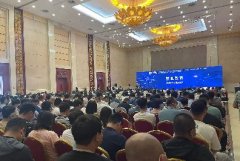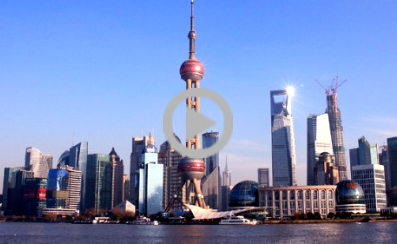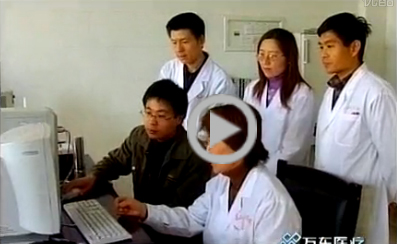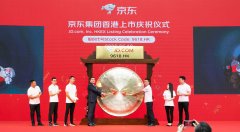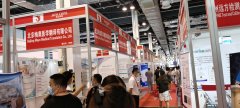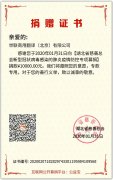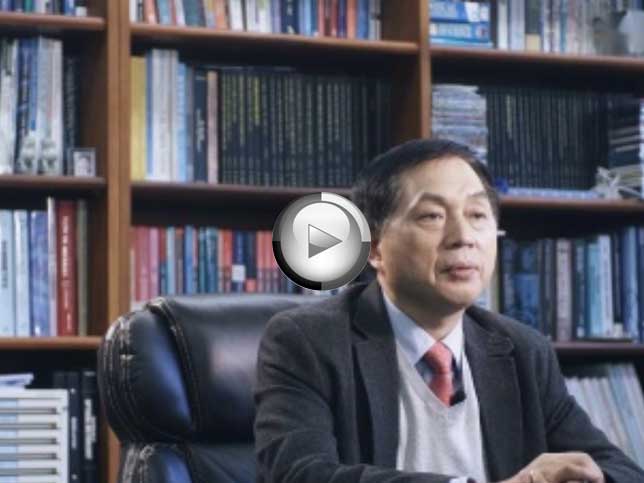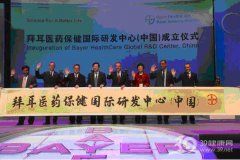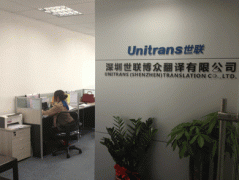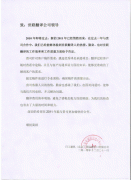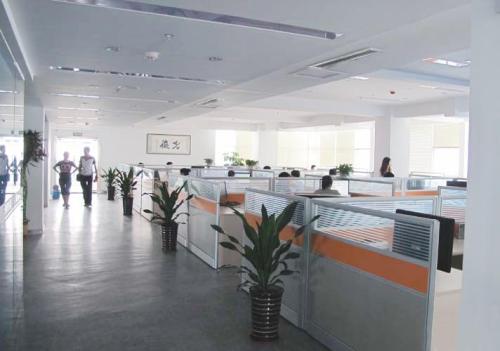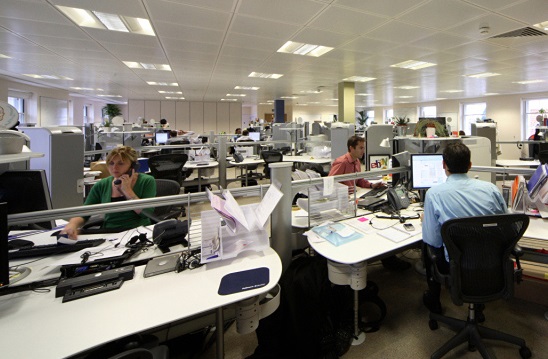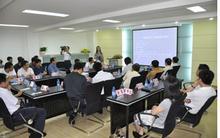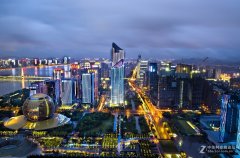上海翻译公司完成景点介绍译文翻译
时间:2018-12-10 09:00 来源:未知 作者:dl 点击:次
上海翻译公司完成景点介绍译文翻译
Beigong National Forest Park is located in the mountainous area of northwestern Fengtai District. Its design area is 9.14 square kilometers, with the core area of 2 square kilometers already completed. It is next to Lugouqiao Bridge to the east and Qinglong Lake to the west and looks northward to Jietai Temple. It is the largest national forest park that is closest to the downtown area of Beijing. The park is on the extension of Taihangshan Mountain, therefore inside it people see rolling hills mostly. The park was first built in Oct. 2002 based on the forestation efforts from all walks of life. It was appraised as a national forest park in December 2005 by State Forestry Bureau, and got successfully listed as a national AAAA tourist scenic area in April 2008. Beigong National Forest Park was first built in October 2002, and appraised as a national forest park in Dec. 2005. It was honored with the titles of Harmonious Tourism Park of Beijing and one of the eight finest tourist scenic areas in Fengtai District in 2007. And it was appraised as a national AAAA tourist scenic area and one of the best parks in Beijing in 2008. The park is located in the rolling hills in the northwestern part of Fengtai District, covering an area of 914.5 hectares. It is the largest national forest park that is closest to the downtown area. In the park people see hills and slopes and valleys all covered in dense woods and bird songs. Wolf Slope, the main peak, is 349.8 meters above the sea level. It is next to Expo Garden to the east and Qianling Mountain to the west and Aviation Center to the south and Jietai Temple to the north. The scenery here is just beyond compare. There are eight sections in the park: sightseeing, hiking, flower appreciation, treasure appreciation, forest air bath, colored leaves appreciation, recreational area, and comprehensive services area. 1. Brief Introduction to 13 Tombs of Ming Dynasty The 13 Tombs of Ming Dynasty are located to the northwest of Changping, Beijing. They are surrounded by mountains, with an opening in the south. There are two hills by the opening on its two sides: one is called Dragon Hill, and the other Tiger Hill, forming a natural portal to the tombs. The 13 Ming tombs, which cover an area of 800,000 square kilometers, are the burial ground of the 13 emperors of the Ming Dynasty over 500 years ago. They are the largest group of tombs where the largest number of emperors was interred in China and even in the world. The tombs, which are best preserved among the imperial tombs throughout history, have significant historical and cultural values. Sacred Way: The sacred way is the approach to the tombs. It was originally built for Changling tomb, and later the sacred way branched off leading to all the other tombs. Therefore it is also called the Main Sacred Way. Along the way you will see sites of interest and beauty, such as Stone Tablet Archway, Great Red Gate, Tablet Pavilion, Ornamental Columns, Stone Figures, Lingxin Gate, and then Changling Tomb. It lasts about 7 kilometers. The sacred way scenic spot where you are now standing is the most beautiful part of the sacred way. It winds from Tablet Pavilion to Dragon & Phoenix Gate, about 800 meters in length. Changling Tomb: Walking along the Sacred Way to the end, you can see the Changling Tomb , where lie the third Emperor of Ming Dynasty, Emperor Zhu Di. His reign was called Yongle, which lasted 22 years. Emperor Zhu passed away in 1424, at the age of 65.It is the largest, original and the best preserved among the thirteen tombs. The magnificent Grace and Blessing Palace (Ling'en Palace) in the second courtyard is highly recommended for its 60 giant columns made of phoebe SPP and gold tiles paved on the floor. Dingling: Dingling Tomb is the mausoleum of Emperor Zhu Yijun, the thirteenth emperor of the Ming Dynasty. Zhu Yijun was enthroned at the age of 10, and his reign lasted 48 years till 1620, when he passed away at the age of 58. His reign was called Wanli. Dingling was the only tomb among the 13 tombs here that has been excavated. The excavation, organized by the Chinese government, took place from 1956 to 1957. Later Dingling Tomb Museum was established on the original site of the tomb. As a result, you can not only appreciate over 3000 exquisite burial accessories, including gold crown, gold pot, gold cup and phoenix crown and other cultural relics, but also tour around the magnificent underground palace covering an area of 1195 square meters that lies 27 meters down from the surface, and watch the video recorders on the process of excavating this mysterious underground palace that had remained sealed for 300 years. Zhaoling Tomb: Zhaoling is where Emperor Zhu Zaihou the 12th emperor of the Ming Dynasty was buried. Zhu Zaihou’s reign lasted 6 years and was called Longqing. He died at the age of 36. However, originally, Zhaoling Tomb had been meant for the parents of Emperor Zhu Houcong, the 11th emperor of the Ming Dynasty, but it had been given up because its fengshui was decided not as good as Xianling Tomb located in Zhongxiang Hubei. Eventually, Emperor Zhu Zaihou lay here. After reconstruction, this tomb structure is now complete. Here we are: Juyongguan Great Wall of China! First of all, we’re very happy to have you here. Juyongguan is the most famous fortress of the great wall. With the longest history, grandest construction, and the most profound historic and cultural significance, it has been hailed as the “Most Imposing Fortress in China”. Temple of Heaven was built in early 15th century. It had served as the sacrificial altar for the emperors of Ming and Qing dynasties. It is the largest compared to Temple of Earth, Temple of Sun, Temple of Moon and Temple of Gods of Agriculture. It is also the largest and most exquisite and best preserved sacrificial complex in China. The Temple of Heaven consists of two halls. The southern hall is Circular Mound Altar where emperors held ceremonies for worshipping the Heaven on winter solstice. The northern hall is the Altar of Prayer for Good Harvests, where the emperors sacrificed animals and burned incense sticks to pray for good weather for the crops. The core building of the Altar of Prayer for Good Harvests-Hall of Prayer for a Blessed Year-is the most imposing structure in the Temple. This hall is regarded as the symbol of Temple of Heaven. Crab Island Resort covers an area of 220 hectares, combining the functions of planting, breeding, tourism, holiday, leisure, and eco-agriculture sightseeing. The resort produces and sells green foods, and via restaurants, recreational and sports facilities, and offers visitors a unique experience of enjoying fresh air and getting close to nature. The resort is an important exemplary organization appointed by Beijing’s Chaoyang District in adjusting the structure of industrialized agriculture, and also Beijing’s Ecological Park, as designated by China Academy of Environment Science. Beijing Safari Park is a large ecological park that combines the functions of animal protection, animal aids, and wild animal domestication and breeding and public education. It is a project approved by State Forestry Bureau, and initiated by Beijing Government, with Beijing Tourism Group as the controlling shareholder, and investments from Beijing Luye Qingchuan Zoo Co. Ltd. The park covers an area of 240 hectares. The total investment is 150 million Yuan RMB. In the park gather over 200 precious species and 10,000 animals. The park is located in the dense forests of Yufa Township, Daxing District of Beijing City. With its adjacency to Jing-Kai Highway and the mere 39 km from Yuquanying, it takes only 30 minutes to drive here. 世联翻译-让世界自由沟通!专业的全球语言翻译供应商,上海翻译公司专业品牌。丝路沿线56种语言一站式翻译与技术解决方案,专业英语翻译、日语翻译等文档翻译、同传口译、视频翻译、出国外派服务,加速您的全球交付。 世联翻译公司在北京、上海、深圳等国际交往城市设有翻译基地,业务覆盖全国城市。每天有近百万字节的信息和贸易通过世联走向全球!积累了大量政商用户数据,翻译人才库数据,多语种语料库大数据。世联品牌和服务品质已得到政务防务和国际组织、跨国公司和大中型企业等近万用户的认可。 |





